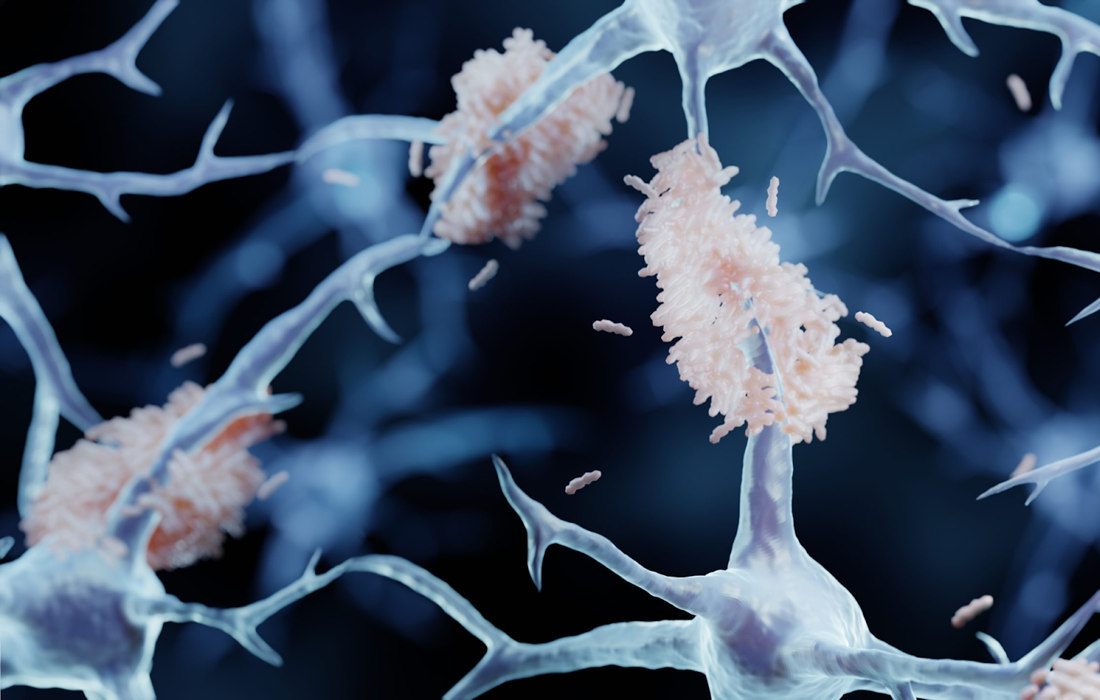Stem Cell Therapy for Specific Conditions
Stem-Cell for AL Amyloidosis Possible Cure in Selected Patients
Amyloid fibrils are protein polymers comprising identical monomer units (homopolymers). Functional amyloids play a beneficial role in a variety of physiologic processes (eg, long-term memory formation, gradual release of stored peptide hormones). Amyloidosis results from the accumulation of pathogenic amyloids.
Amyloidosis is a clinical disorder caused by extracellular and/or intracellular deposition of insoluble abnormal amyloid fibrils that alter the normal function of tissues. Only 10% of amyloidosis deposits consist of components such as glycosaminoglycans (GAGs), apolipoprotein-E (apoE), and serum amyloid P-component (SAP), while nearly 90% of the deposits consist of amyloid fibrils that are formed by the aggregation of misfolded proteins.
There are many types of Amyloidosis, one among those is Systemic immunoglobulin light chain (AL) amyloidosis which is a plasma cell dyscrasia characterized by the overproduction of abnormal monoclonal light chains (LC). These LC misfold and form toxic aggregates that deposit in tissues as amyloid fibrils, causing progressive organ dysfunc-tion and failure, it is related to bone marrow cancer, multiple myeloma.
What do we know about the treatment?
High-dose melphalan and autologous stem cell transplantation(HDM/SCT) is a standard of care for the treatment of AL amyloidosis.Approximately 20%–25% of highly selected patients with AL amyloid-osis are eligible for this aggressive treatment modality. The hematological and organ response to this therapy have shown good results, including overall survival. Those who have this response , may increase the 8 year median survival to 20 years.
Other studies have found that HDM/SCT therapy are better compared with some other combined medications like melphalan and dexamethasone, daratumumab in combination with cyclophosphamide, bortezomib, and dexamethasone (Dara-Cvd), among others.
Stem cell therapy and High-Dose Melphalan in short and long term
Vaishali Sanchorawala, MD, director of the Boston University/Boston Medical Center Amyloidosis Center and his team, examined data from 1994-2021 of patients with AL amyloidosis consecutively treated with HDM/SCT at the Amyloidosis Center of Boston University School of Medicine and BostonMedical Center.
They found that hematologic complete remission (CR) was achieved in 39 percent of patients with a median overall survival of 15 years with 30 percent of these patients survived greater than 20 years.
The risk of future hematologic relapse was also low (5%) among patients with a sustained hemato-logic CR for 15 years, suggesting that the majority of patients who reach this milestone may be operationally cured by HDM/SCT.
The role and timing of HDM/SCT are being questioned with the emergence of Dara-VCd as a new effective regimen for AL amyloid-osis. In the ANDROMEDA trial, Dara-VCd showed rapid response kinetics and induced high rates of hematologic CR (60%), cardiac response (53%), and renal response (58%). However, the durability of responses with Dara-VCd is unknown as only short-term follow-up is currently available (median 25.8 months). Early survival estimates indicate a similar 18-month overall survival rate (90%) between Dara-VCd and HDM/SCT in the modern era.
The researcher also developed a prognostic score for event free survival which incorporated measuring the patients’ light chain levels and bone marrow plasma cell percentage. Patients with low-risk (0 factors), intermediate-risk (1 factor), and high-risk (2 factors) disease had median event-free survival estimates of 5.3, 2.8 and 1 years, respectively.
As we see the results in this study showed the efficacy of HDM/SCT in the long-term survival of highly elected patients with AL amyloidosis, and with the score that they propose may be a helpful tool to detect those patients to be candidates for this therapy. Future randomized prospective trials are needed to determine the optimal role and timing ofHDM/SCT in the context of novel treatment regimens.
SOURCE:
Joshua N. Gustine, Andrew Staron, Raphael E. Szalat, Lisa M. Mendelson, Tracy Joshi, Frederick L. Ruberg, Omar Siddiqi, Deepa M. Gopal, Camille V. Edwards, Andrea Havasi, Michelle Kaku, K. H. Vincent Lau, John L. Berk, J. Mark Sloan, Vaishali Sanchorawala (2022). Predictors of hematologic response and survival with stem cell transplantation in AL amyloidosis: A 25‐year longitudinal study. American Journal of Hematology. Retrieved from : https://onlinelibrary.wiley.com/doi/epdf/10.1002/ajh.26641
Robert O Holmes, Jr, DO; Chief Editor: Herbert S Diamond, MD (July 16,2022). Amyloidosis. Medscape: Diseases/conditions. https://emedicine.medscape.com/article/335414-overview#a1
IMAGE:
https://www.genengnews.com/wp-content/uploads/2022/08/GettyImages-1356994685-scaled.jpg

